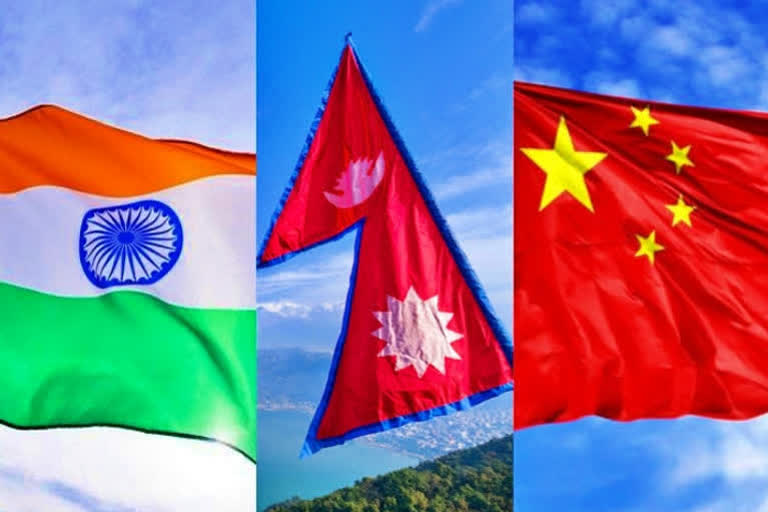Hyderabad: Ever since its emergence as a Federal Republic in 2008, after the dethroning of the Gorkha dynasty, Nepal witnessed 10 Prime Ministers in a span of nine years, till 2017.
Thus it became a synonym for political instability. In the first-ever elections held about three years ago as per the country’s new Constitution, the electorate of Nepal voted for stability as it elected the Leftist alliance to power with a resounding majority.
At the instance of China, the Communist Party of Nepal (UML) led by Khadga Prasad Oli and the Pushpa Kamal Dahal led Communist Party of Nepal (Maoist Center), contested the election as an alliance and won a two-thirds majority in the Parliament. In deference to Beijing’s desires, the two parties merged to form the Nepal Communist Party, which also bagged six out of seven provincial governments and 60 per cent of the 753 local bodies.
The leaders of the two parties Mr Khadga Prasad Sharma Oli and Mr Pushpa Kamal Dahal had several differences of opinions.
The differences were swept under the carpet, as per the merger agenda which called for two and half years of the premiership to each and mutual consultations before every crucial decision and appointment.
The unilateral decisions in gross disregard to the merger agenda led to dissatisfaction which took the shape of a strong dissidence in the ruling party. As the party staggered in the wake of these developments, Prime Minister Oli dissolved the Parliament and called for fresh elections. Dissidents described the development as a Constitutional coup as they approached the Supreme Court against Mr Oli’s move. According to media reports from Kathmandu, the verdict is likely to be in favour of the Prime Minister.
Nepal is surrounded by India on three sides while it shares borders with China on the fourth.
Also read:Indian envoy calls on Nepal minister to discuss India-assisted projects
Political crisis in Nepal is not in the interest of India. Taking advantage of the ideological affinity with the ruling party of Nepal, China is trying to establish itself firmly in the Himalayan nation. At this juncture, India should act strategically.
Over the past several decades, India has been the biggest ally of the landlocked mountain country. However, parties like the UML gained political mileage by fanning anti-India nationalistic sentiments. Their allegation is that India has been excessively interfering in the internal matters of Nepal. In his election speech, Mr Oli spoke of liberation to Nepal from over-dependence on one neighbour. He is the one to rake up a border dispute with India.
Referring to the political map of India released after the annulment of article 370, Nepal lodged its official protest against the usual showing of Kalapani Paraganas, located near Lipulekh, as India’s territory. In the month of June this year, Nepal also passed a constitutional amendment bill mentioning Kalapani, Lipulekh and Limpiyadhura areas as its own territory.
Prime Minister Oli has alleged that India has conspired to remove him from office. Though there are no takers for his allegations within his own party, the evil design to gain political mileage from baseless allegations and controversies is there to be seen. China is trying to turn Nepal into a parrot in its niche by assuring development under the Belt and Road initiative. India should employ stronger diplomacy as the Dragon is trying to checkmate the country’s interests by gaining stronghold over Bangladesh, Bhutan and Srilanka also.
India should thwart China’s evil designs. The country should contribute to the development of its neighbouring sovereign nations on the strength of its prolonged historic, cultural and people to people relations.
